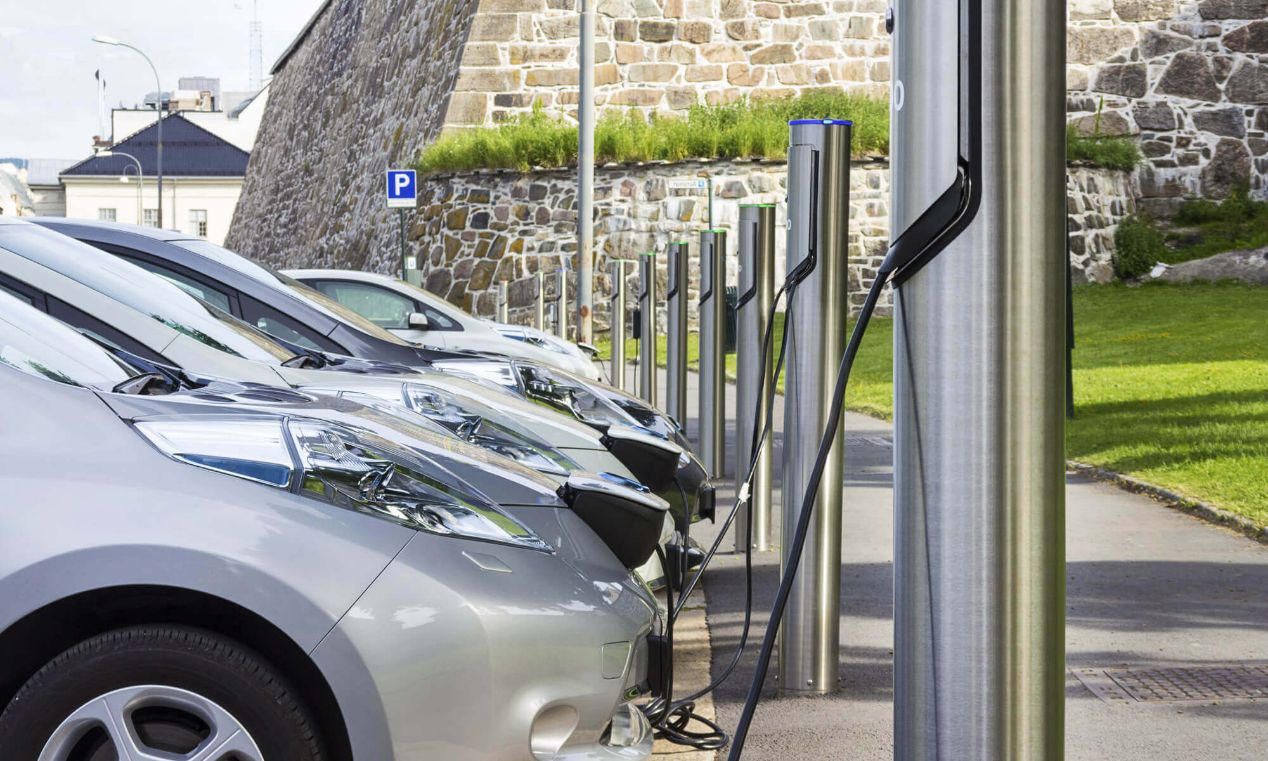Electric vehicles
The Nevada Climate Initiative and the U.S. government aim for zero emissions by 2050, but the Nevada Department of Environmental Protection estimates Nevada will fall short of those goals if local and state governments don’t take bigger steps.
Clark County aligned its climate goals with the Paris Agreement, an international agreement between 195 countries to combat climate change worldwide, in 2015. Under the agreement, the U.S. plans to reach a 26% to 28% emissions reduction from 2005 levels by 2025.
According to the All-In Clark County climate initiative, the county should aim to cut emissions by 30% to 35% from its 2019 baseline by 2030 to match the pace of reduction the state aims to achieve.
Lung-Wen Antony Chen, an associate professor at UNLV’s Urban Air Quality Laboratory, gained some insight into what an electrified future could look like for Southern Nevada during the early months of the pandemic.
Research he worked on during pandemic business closures in 2020 showed a 49% reduction of the nitrogen dioxide in the air from mid-March to the end of April 2020 in the Las Vegas Valley because fewer cars were on the roads. Carbon monoxide and particulate matter also decreased.
“That’s what happened when we had very few vehicles on the road, but it would be a similar situation if all vehicles switched to electric vehicles,” Chen said.
The Nevada Division of Environmental Protection reported a 16% emissions drop from 2019 to 2020.
16A 32A 20ft SAE J1772 & IEC 62196-2 Charging Box
Post time: Dec-06-2023









